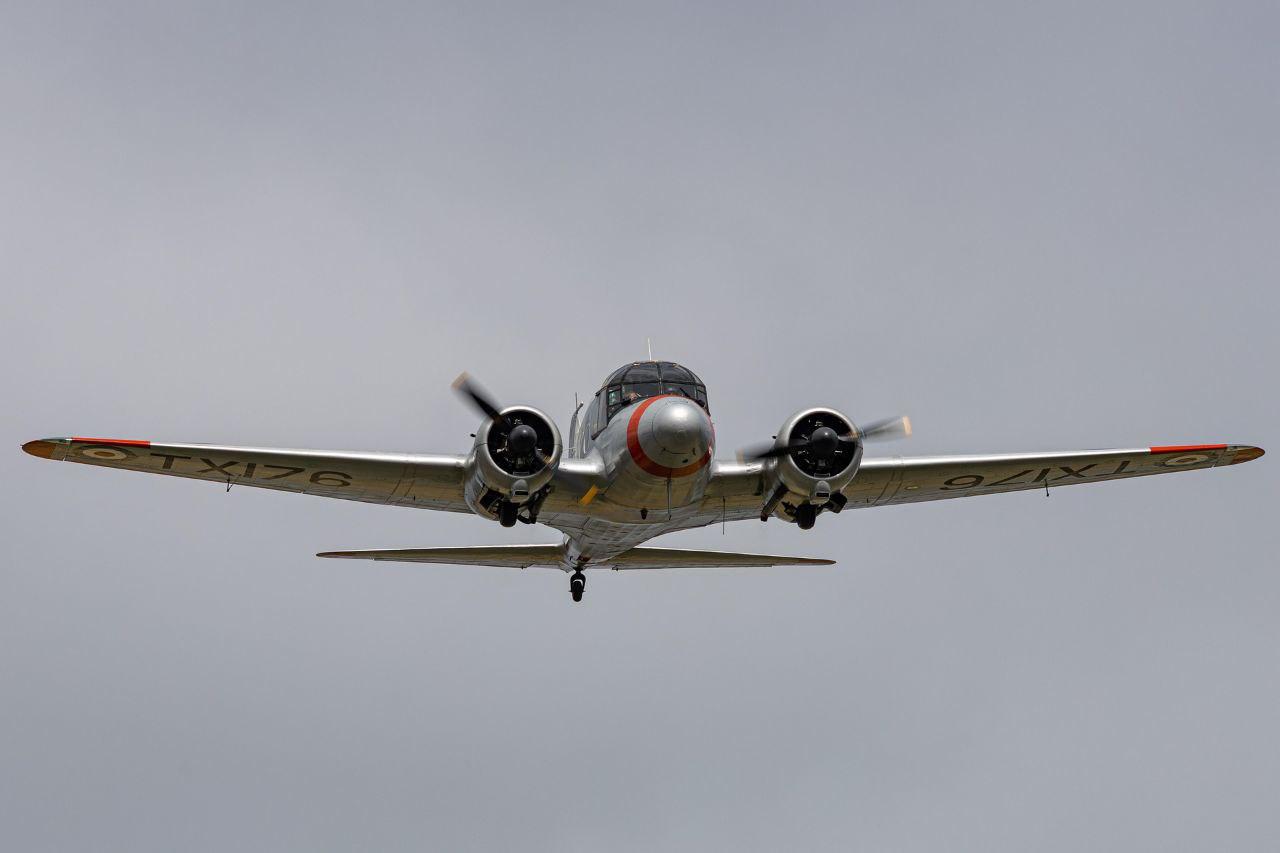
India is on the verge of a strategic leap in its defense aviation capabilities as it inches closer to finalizing international collaboration for developing indigenous jet engines for its next-generation stealth fighter aircraft, the Advanced Medium Combat Aircraft (AMCA). According to a detailed report by The Indian Express, the government is waiting for the Defence Research and Development Organisation (DRDO) to make a final recommendation on which country’s engine technology will be co-developed with India for the AMCA.
At the heart of this decision are two global aerospace giants — France’s Safran and the UK’s Rolls-Royce — both of which are emerging as the top contenders for a high-stakes, high-thrust jet engine partnership with India. This partnership is aimed at co-developing a 110–130 kN thrust engine critical for AMCA and future fighter platforms.
The AMCA project, being spearheaded by DRDO in collaboration with the Aeronautical Development Agency (ADA), envisions the development of a twin-engine stealth fifth-generation fighter aircraft. The project is currently targeting its first flight by 2029–30 and a fully operational version by 2035. The success of this program is seen as vital to India’s long-term strategic defense posture, especially in light of dual-border threats from China and Pakistan.
India’s Defence Minister Rajnath Singh had recently hinted at an impending breakthrough, saying that the country is actively working towards signing a major agreement to indigenously develop fighter jet engines. This comes in the wake of consistent delays in the supply of GE F414 engines for the Tejas Mk1A jets, a concern that has pushed India to reduce reliance on foreign suppliers and build sovereign technological capabilities.
Both Safran and Rolls-Royce have submitted strong proposals with full Transfer of Technology (ToT) and Intellectual Property Rights (IPR) commitments — an offer that could give India complete autonomy in design, production, and future exports of fighter jet engines.
What Safran is Offering:
French company Safran has proposed a prototype engine based on the M88 engine used in Rafale jets. Additionally, it has offered to incorporate advanced Variable Cycle Engine (VCE) technology — a critical innovation for future AMCA Mk2 and the twin-engine deck-based fighter (TEDBF) programs. Safran is already engaged with Hindustan Aeronautics Limited (HAL) on various programs, including helicopter engines and support for the Sukhoi Su-30MKI’s AL31F engines.
What Rolls-Royce is Offering:
On the other hand, the British engine-maker Rolls-Royce has proposed a completely new series of high-thrust turbofan engines that could serve both military and civilian aircraft. This dual-purpose engine proposal leverages its experience from the Tempest program and includes VCE and hybrid propulsion technology. Rolls-Royce’s pitch is also aimed at supporting India’s broader aviation ecosystem, including transport and civil aviation.
As per the Indian Express report, a final decision on which partner India will choose is expected soon. A cabinet note is being prepared, and the proposal — which includes an investment outlay of $4.5 to $5 billion and a development timeline of 7 to 10 years — will be taken up under the direct supervision of the Prime Minister’s Office.
In parallel, India is also assessing short-term fighter jet procurement options to fill operational gaps. One such option reportedly under consideration is Sweden’s Gripen (Saab’s “Sustavarn”) aircraft. Meanwhile, the American F-35, although powerful, has recently come under scrutiny due to operational concerns, especially after one was grounded at Kerala’s Thiruvananthapuram airport for weeks due to maintenance issues.
India’s push for self-reliance under the “Atmanirbhar Bharat” initiative is also focusing on reviving its indigenous jet engine development program — the Kaveri engine. Work is currently underway on the Kaveri 2.0 engine, which is being designed for a 55–58 kN dry thrust and up to 90 kN with afterburner. Though not yet suitable for the AMCA due to lower thrust, the Kaveri is expected to power India’s UAVs initially. The aim is to eventually upgrade and integrate it into fighter aircraft over time.
The broader context involves growing geopolitical unpredictability, especially under President Trump’s second term. With rising global trade protectionism and delays in U.S. technology transfers, India sees the development of indigenous engine capability as a strategic necessity. The delay by the U.S.-based General Electric in transferring jet engine technology further reinforces India’s resolve to develop engines domestically in collaboration with trusted European partners.
While neighboring China equips Pakistan with advanced jets like the J-10C and potentially J-35, India is making a calculated push to bridge capability gaps through indigenous development and international cooperation.
In the coming weeks, DRDO is expected to finalize its recommendation between Safran and Rolls-Royce. Whichever company is selected, it will mark a historic step towards India’s dream of building self-reliant, cutting-edge defense platforms.
Disclaimer:
This article is based on publicly available information and media reports, including content from The Indian Express. The views expressed herein are for informational and educational purposes only. While every effort has been made to present accurate and up-to-date details, the final decisions regarding defense procurements and collaborations lie solely with the Government of India and its authorized agencies. This blog does not represent any official government position or insider information.




